Italy’s diverse landscape creates a fascinating tapestry of winter weather. From the snowy peaks of the Alps to the sun-kissed Mediterranean coast, the country offers a wide range of winter experiences. Snow is common in northern Italy, especially in the mountainous regions, but it’s rare in the country’s southern parts.
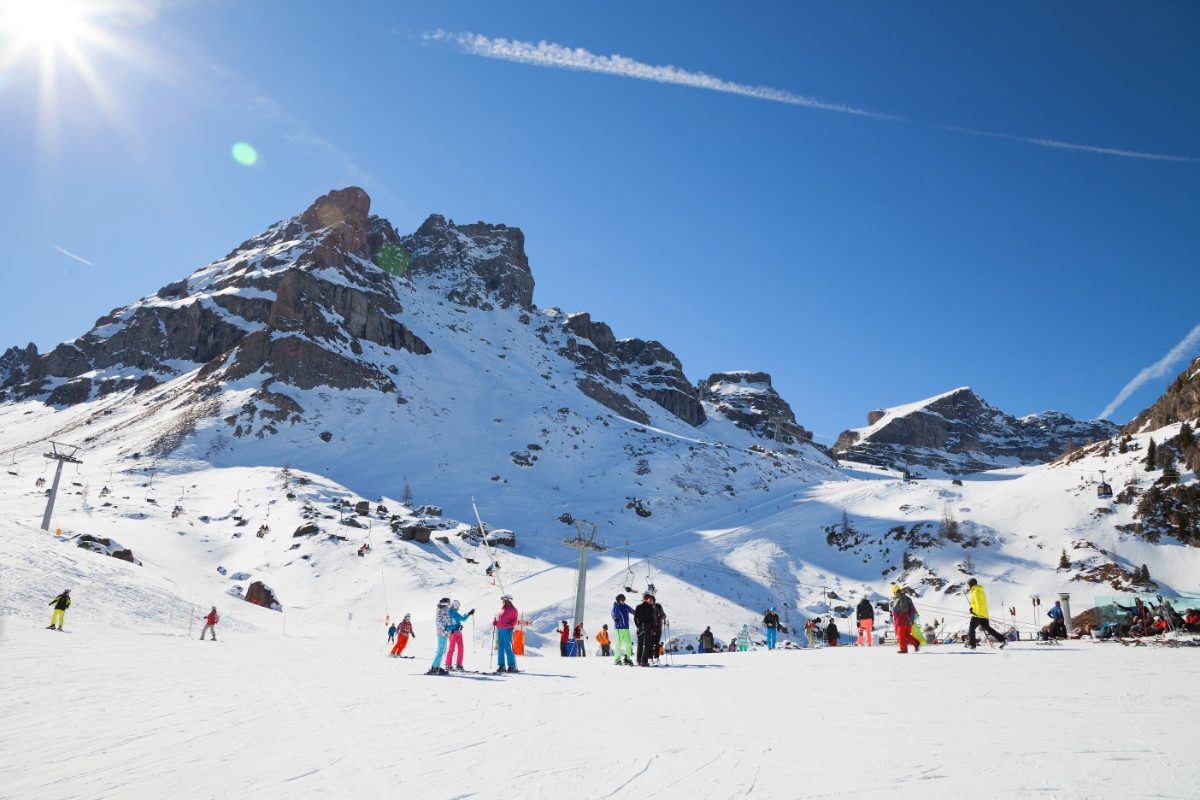
The Italian Alps and Dolomites transform into a winter wonderland each year, attracting ski enthusiasts and snow lovers from around the world. Cities like Turin and Milan may see occasional snowfall, adding a magical touch to their historic streets. In contrast, Rome and Naples rarely experience snow, with their mild Mediterranean climate keeping winters relatively warm.
Italy’s varied snow patterns create unique opportunities for travelers. Visitors can enjoy world-class skiing in the north, then head south for mild temperatures and coastal views. This mix of snowy mountains and sunny beaches makes Italy a versatile winter destination, catering to different preferences and activities.
Key Takeaways
- Snow is frequent in northern Italy’s mountains but uncommon in the south
- Italian winters offer diverse experiences, from Alpine skiing to Mediterranean beaches
- Snow patterns vary greatly by region, altitude, and proximity to the coast
Regional Snow Patterns in Italy
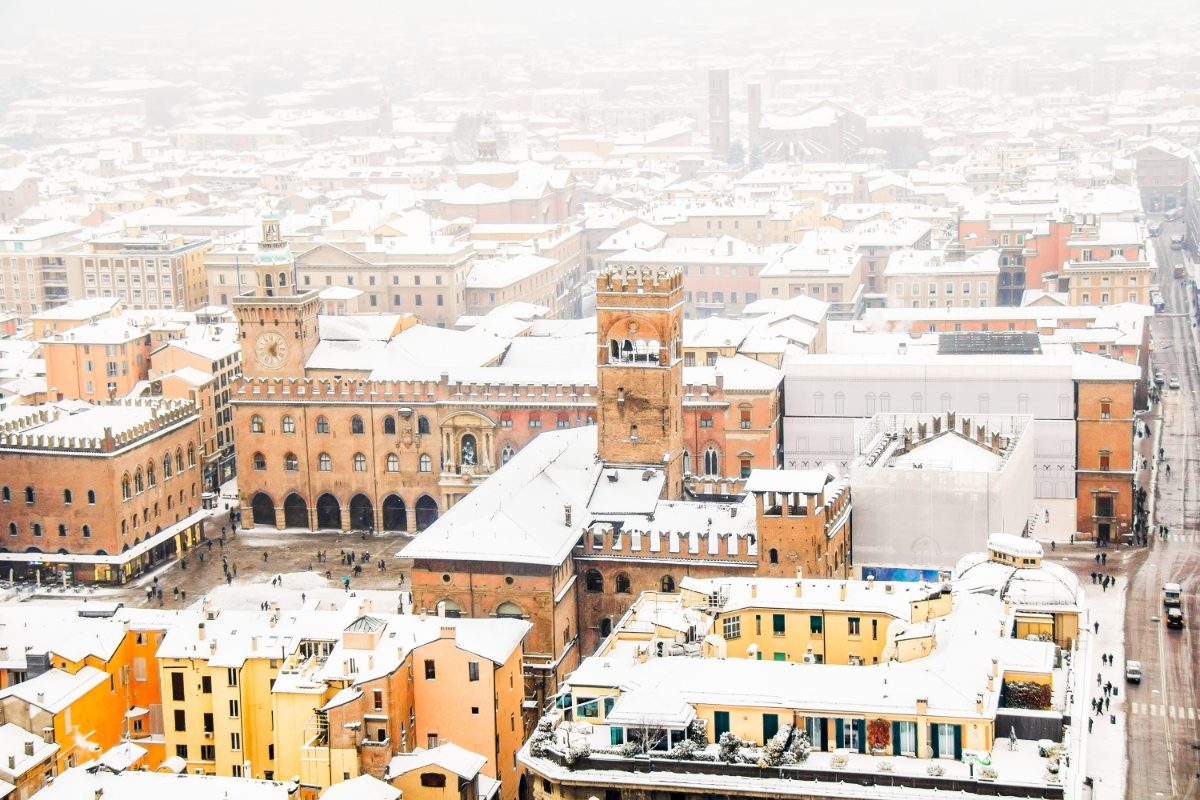
Snow in Italy varies greatly depending on location and altitude. The country’s diverse geography creates distinct winter conditions across different regions.
Northern Italy and the Alps
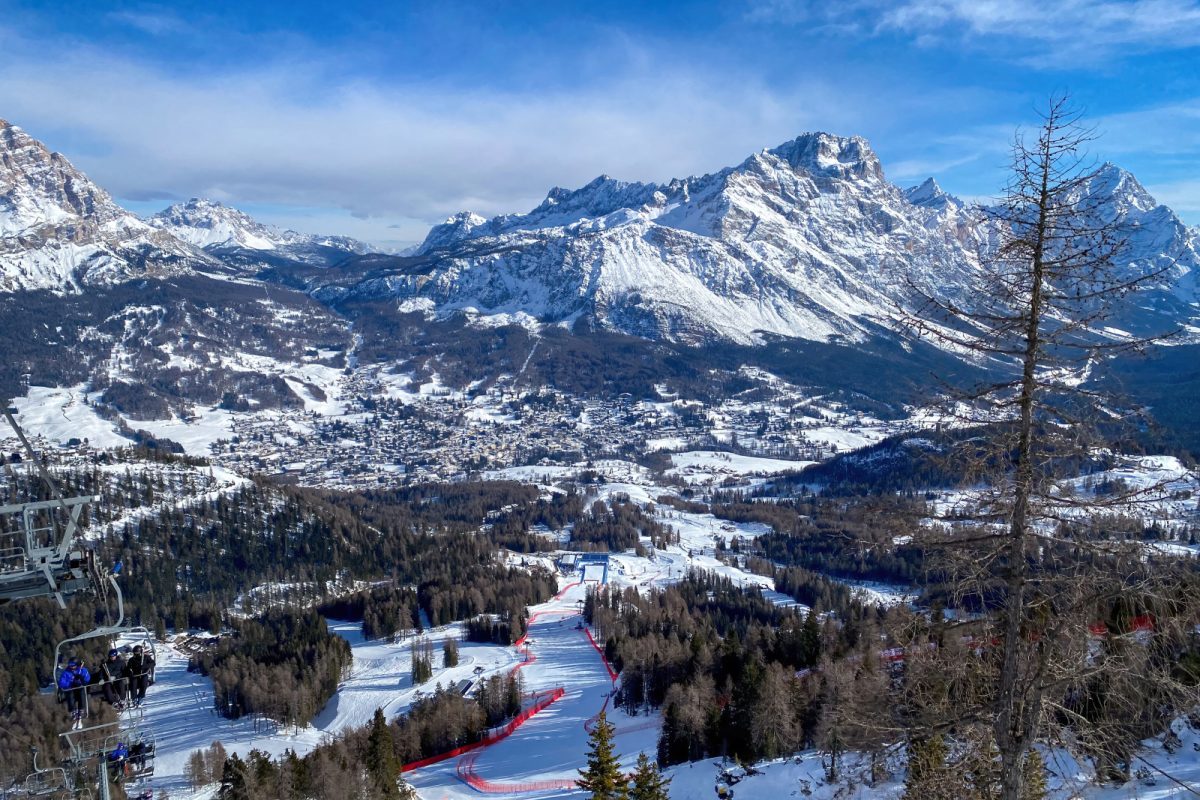
The Italian Alps receive the most snowfall in the country. This mountainous region sees heavy snow from December to March. Ski resorts like Cortina d’Ampezzo in the Dolomites often get over 3 meters of snow per season.
Valle d’Aosta, bordering France and Switzerland, experiences reliable snowfall. Due to its high elevation, the Matterhorn ski area typically opens in late October.
Lower-lying cities like Milan and Turin see occasional snow, usually 2-3 times per winter. These urban areas rarely accumulate more than 10-15 cm at a time.
Central Italian Regions
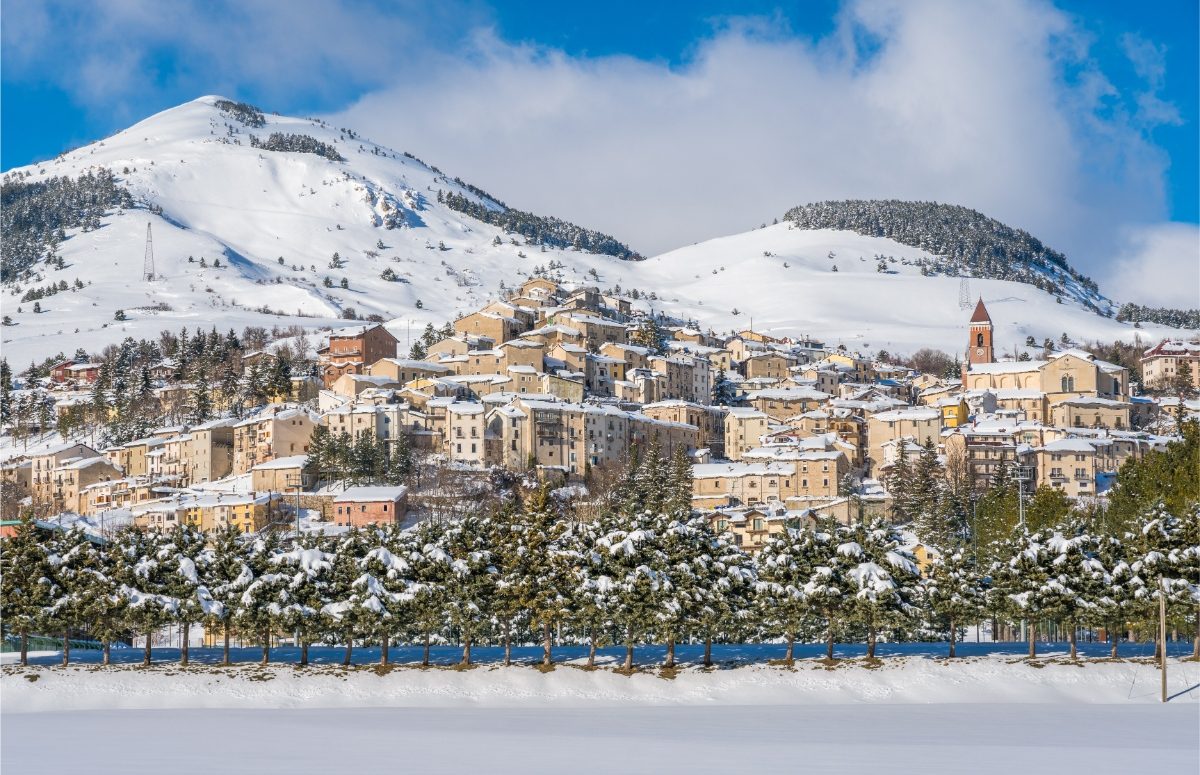
Central Italy has a mix of snow patterns. At higher elevations, the Apennine Mountains, which run through regions like Abruzzo and Umbria, receive significant snowfall.
Campo Imperatore in Abruzzo, at 2,130 meters, averages 350 cm of snow yearly. This makes it a popular spot for winter sports.
Coastal areas and major cities like Rome see snow less often. Rome typically gets light snow every few years, with accumulations below 1-2 cm rare.
Southern Italy and Islands
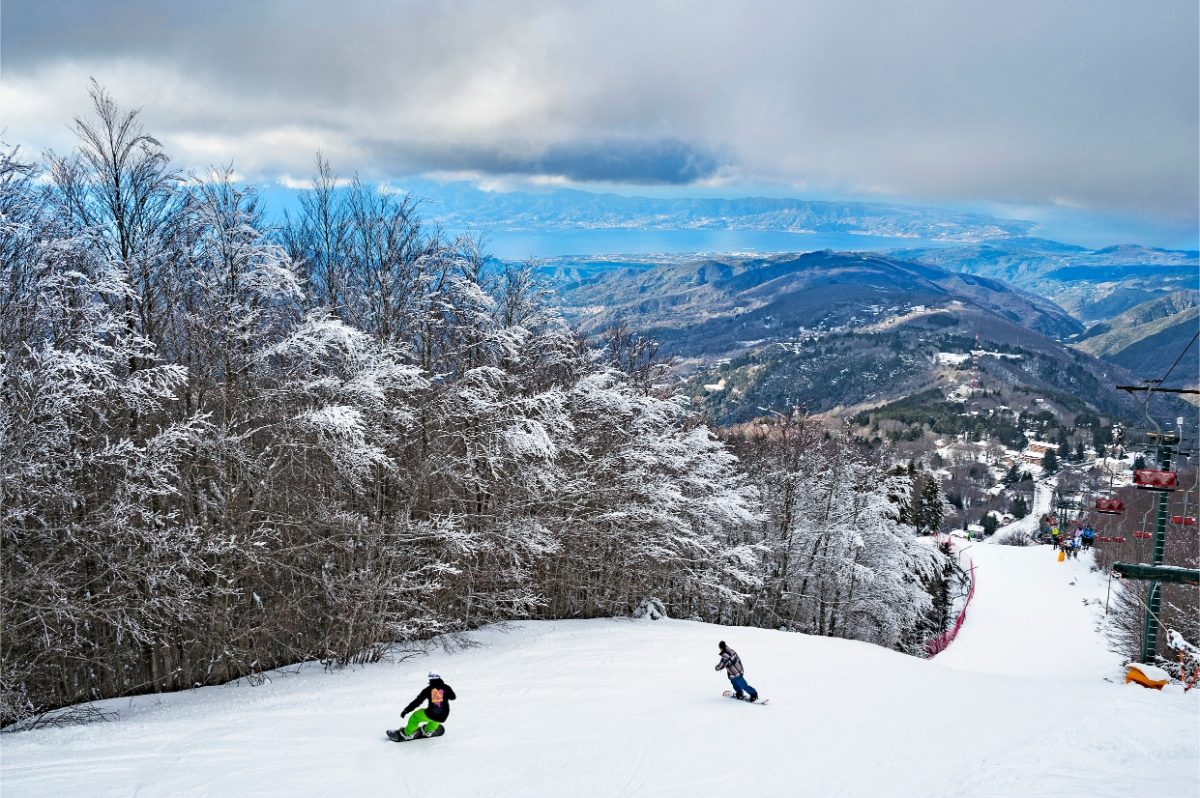
Southern Italy and the islands have the mildest winters. Coastal areas and low-lying regions rarely see snow. Naples might get a dusting once every decade.
The mountains of Calabria and Sicily do receive snow at higher elevations. Mount Etna in Sicily, Europe’s tallest active volcano, often has snow on its peak from December to May.
Sardinia occasionally sees snow in its mountainous interior, but coastal areas remain snow-free. The island’s highest point, Punta La Marmora, may get up to 1 meter of snow in a typical winter.
See Related: Where to Stay in Italy with Kids: Top Family-Friendly Destinations for Unforgettable Memories
Seasonal Timing of Snow in Italy
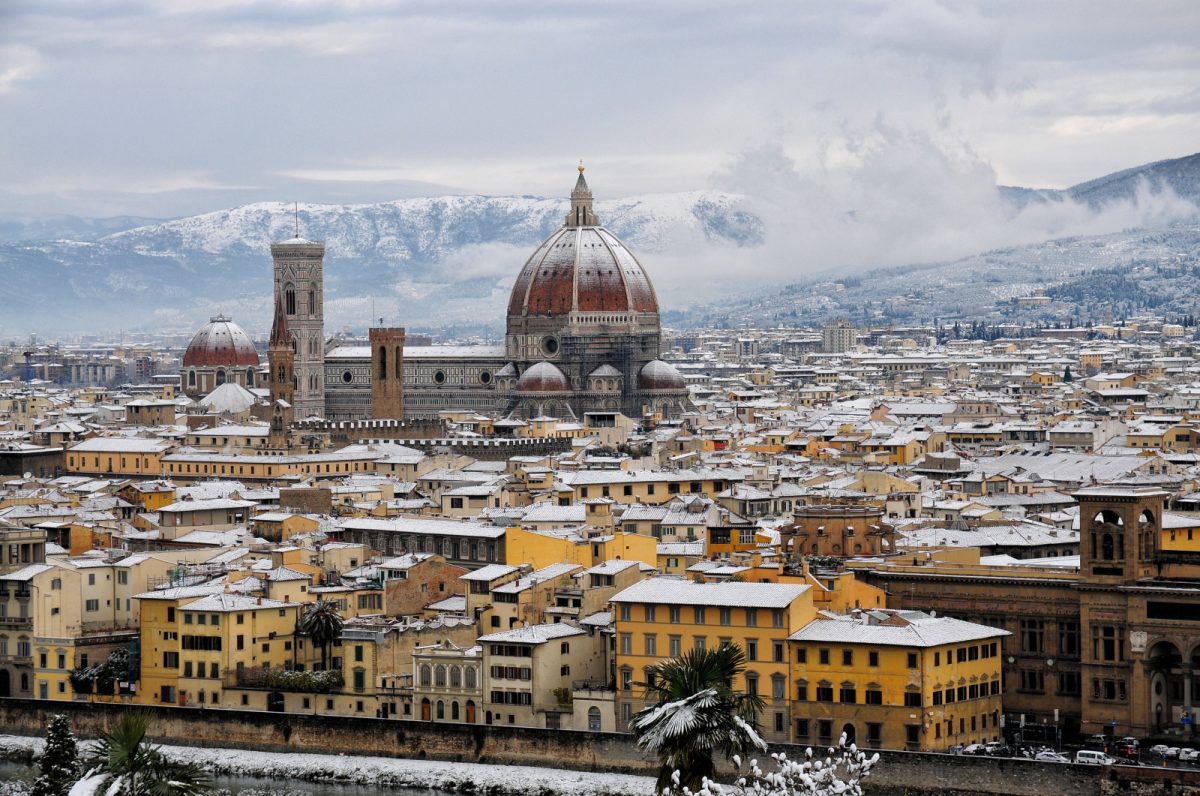
Snow in Italy follows distinct patterns across different regions and elevations. The timing and amount of snowfall vary greatly from the Alps in the north to coastal areas in the south.
Peak Snow Season (December-February)
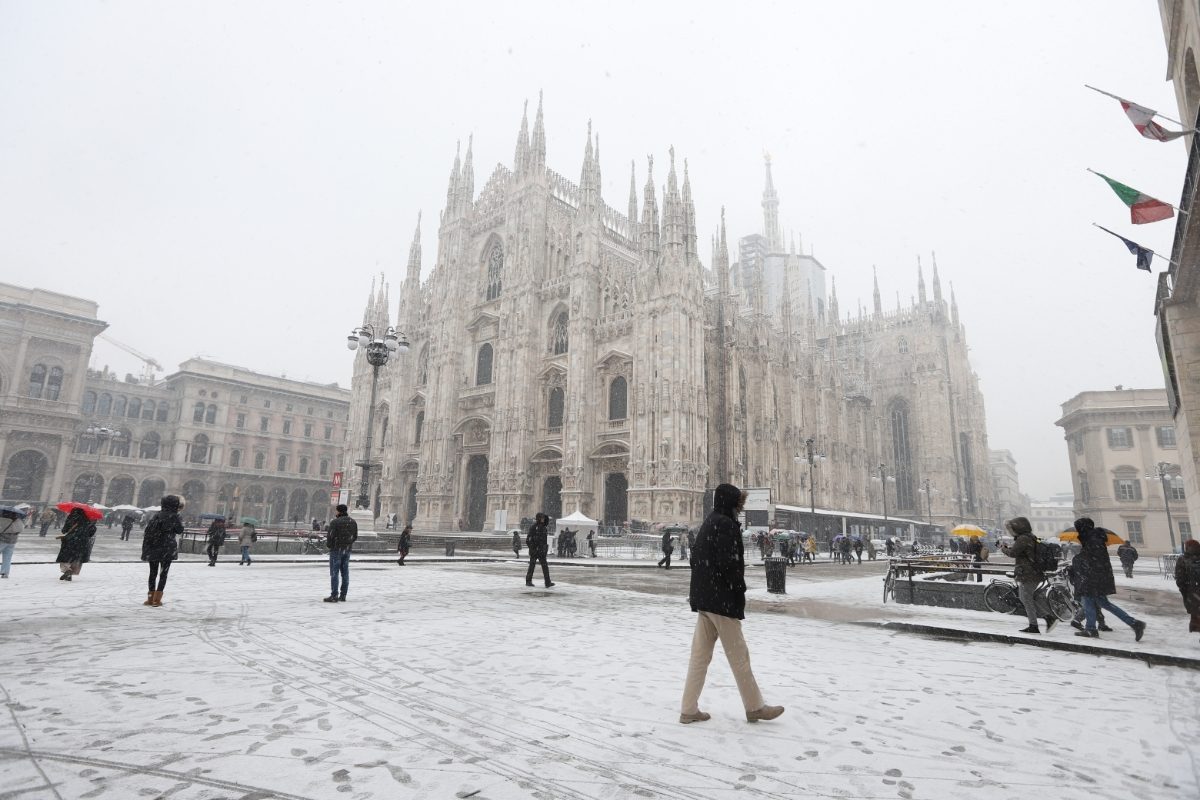
December marks the start of Italy’s main snow season. The Alps and Dolomites see frequent snowfall, with ski resorts often opening by early December. January is typically the coldest month, bringing the most consistent snow to mountain areas.
Turin, Milan, and Bologna may get a dusting of snow in January. Rome sees snow only once every few years, usually in January or February.
February often brings the deepest snow accumulations to the mountains. Resorts like Cortina d’Ampezzo and Courmayeur hit peak conditions this month. Even parts of central Italy, like Abruzzo, can see good February snow.
Early and late-season snowfall
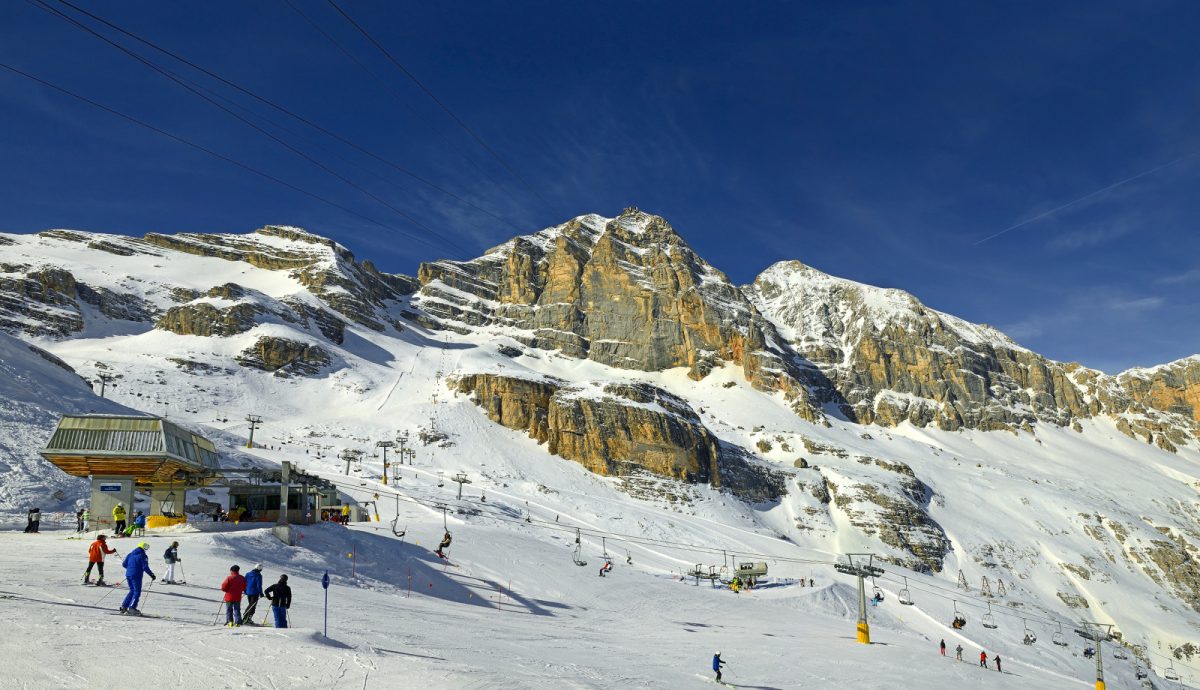
Though often limited, November can bring early snow to high-alpine areas. Ski areas may open select runs with artificial snow.
March still sees regular mountain snowfall. Spring skiing is popular, with longer, sunnier days. Some high-elevation resorts stay open into April or even May.
October occasionally brings surprise early snow to the highest peaks. In May, lingering snow can exceed 2000 meters in places like Cervinia.
Coastal and southern regions rarely see snow outside of December- February. Sicily’s Mount Etna is an exception, with snow possible from October through April at the summit.
See Related: 2 Weeks in Italy Packing List: Ultimate Guide for Your Winter Dolce Vita Adventure
Major Italian Cities and Snow

Snow patterns vary greatly across Italy’s urban centers. Northern cities experience more frequent and heavier snowfall, while central and southern cities see snow less often. Each region has its unique winter characteristics and ways of handling snowy conditions.
Northern Italian Cities
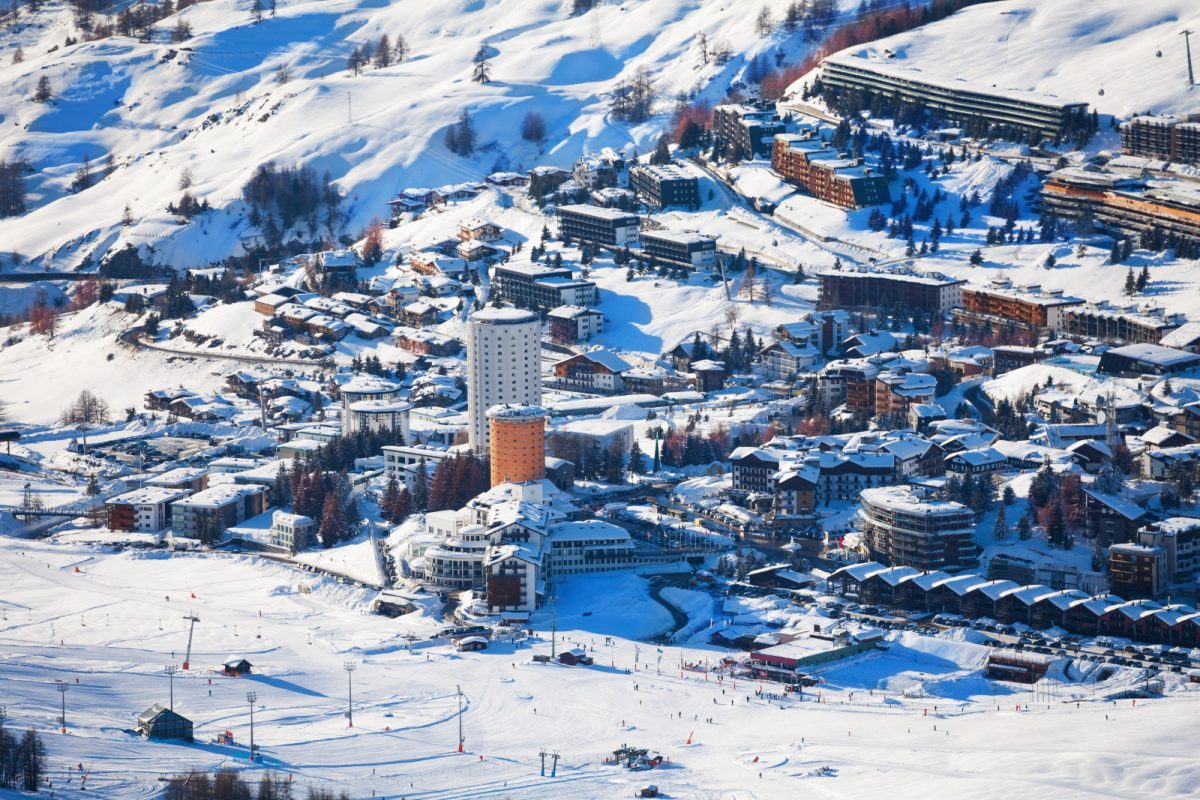
Milan, Turin, and Bologna are the northern cities most likely to see snow. Milan averages 2-3 snow days per year, with about 4 inches of accumulation.
In 2021, the city saw its heaviest snowfall in years, with 8 inches blanketing the streets. Turin, nestled at the foot of the Alps, gets more snow – typically 5-6 days annually with 6-8 inches total. The city is well-equipped for winter, with efficient snow removal.
Bologna, known for its porticoes, averages 3-4 snow days each winter. These covered walkways offer pedestrians shelter during snowfalls. In recent years, Bologna has seen less snow due to warming trends but maintains readiness for winter weather.
Central Italian Cities
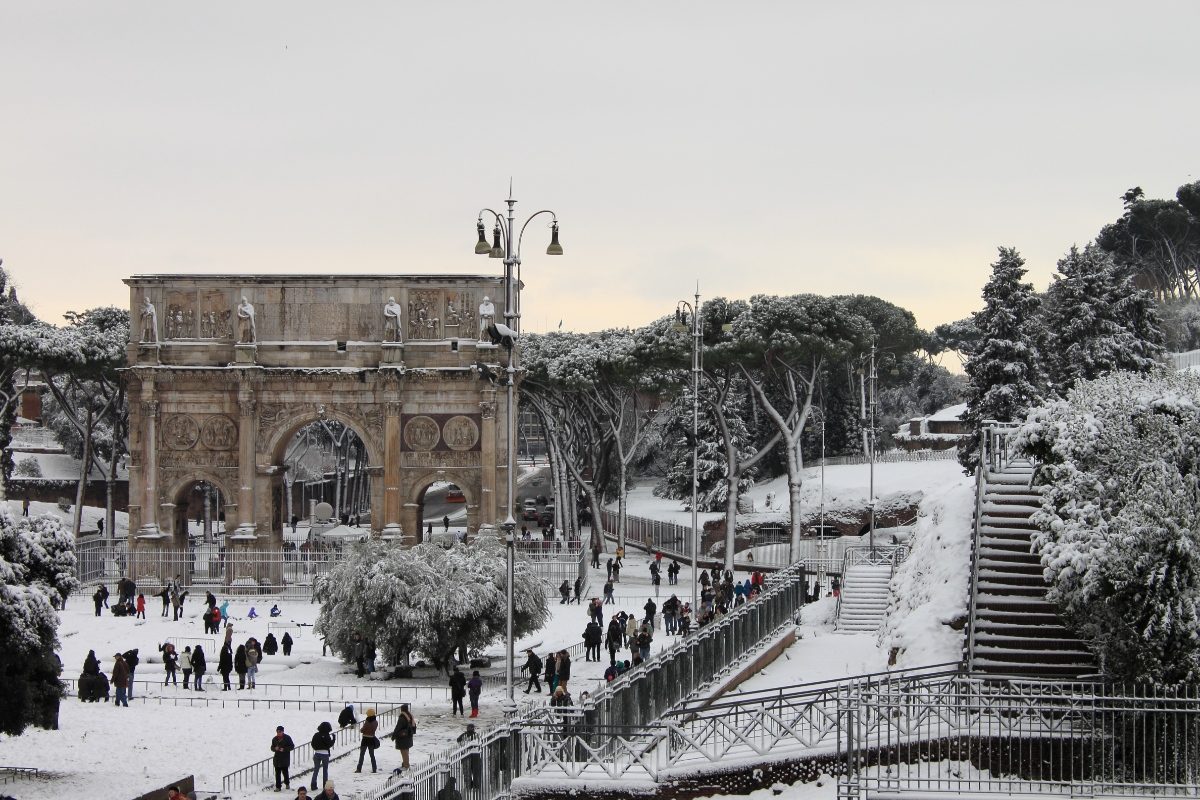
Rome, Florence, and Venice see snow less often than their northern counterparts. Rome averages one snow day every few years.
The last significant snowfall was in 2018, with about 4 inches causing travel disruptions. Florence gets a dusting of snow once or twice a winter, rarely more than an inch or two.
Venice faces unique challenges with snow. While the city only averages 1-2 snow days yearly, even light snowfall can make the narrow streets and bridges slippery. The combination of snow and acqua alta (high water) can create striking scenes of snow-covered gondolas in flooded squares.
Southern Italian Cities
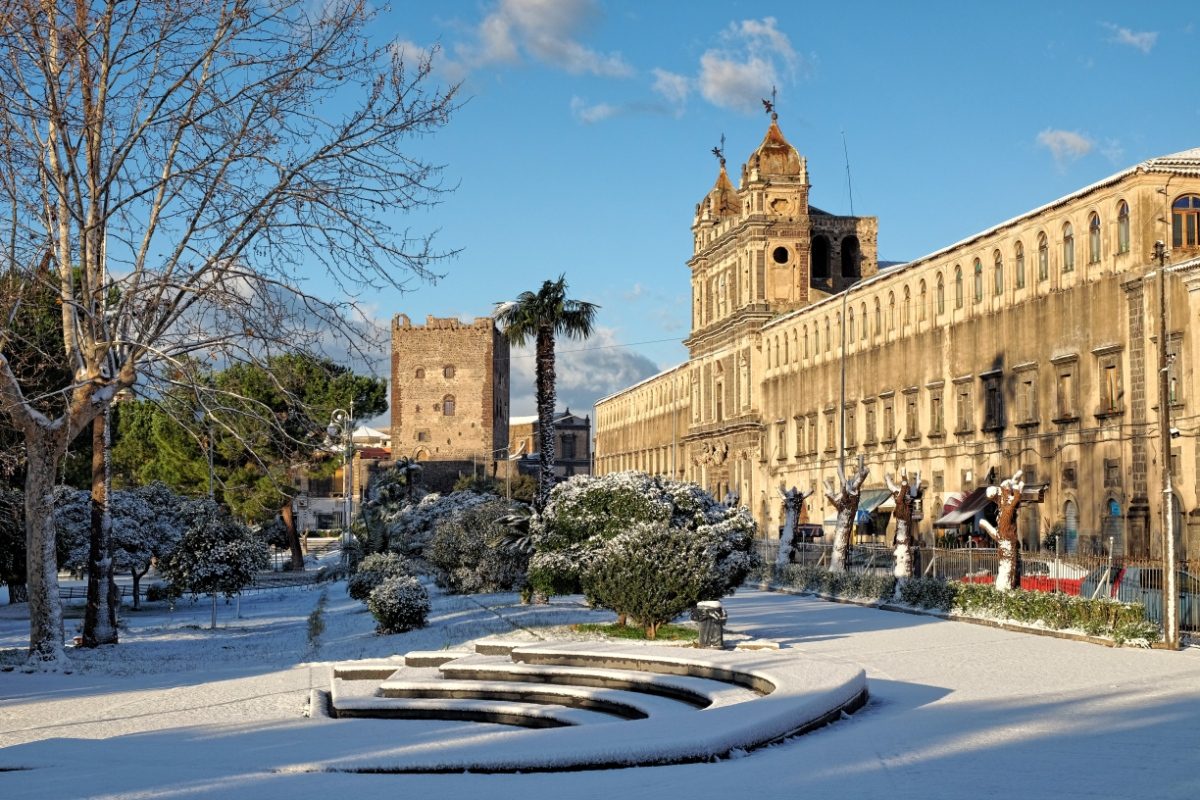
Naples and other southern urban areas rarely see snow at sea level. Naples might get a light dusting once every decade or so.
The last notable snowfall was in 2018, when about an inch fell, causing excitement among locals. Higher elevation areas near southern cities, like the hills around Naples, can see more frequent light snow.
Coastal southern cities benefit from the warming effect of the Mediterranean Sea. Bari hasn’t seen measurable snow on the Adriatic coast in over 40 years. While winter temperatures can dip into the 40s Fahrenheit, snow remains a rarity in these southern metropolitan areas.
See Related: What to Buy in Italy: Essentials Travelers Shouldn’t Miss
Snow Activities and Winter Tourism in Italy

Italy offers a variety of snow-filled adventures and winter tourism options. From world-class ski resorts to charming mountain towns, visitors can enjoy the snowy season in many ways.
Popular Ski Regions and Resorts
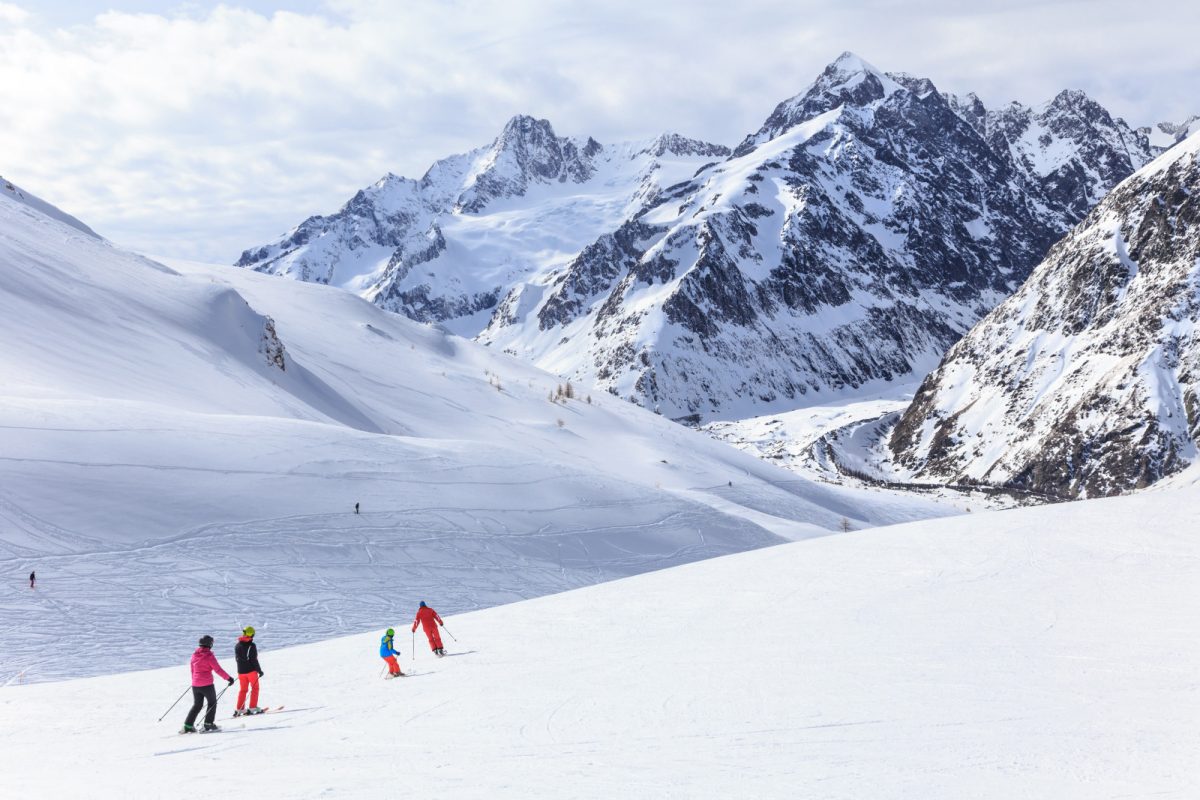
The Italian Alps and Dolomites are top destinations for skiing and snowboarding. The Aosta Valley boasts famous resorts like Cervinia and Courmayeur.
Cervinia sits at the foot of the Matterhorn, offering stunning views and access to Zermatt in Switzerland. Courmayeur features challenging runs and off-piste skiing.
In the Dolomites, Alta Badia and Cortina d’Ampezzo draw winter sports fans. Alta Badia has 130 km of slopes and hosts World Cup races. Cortina, known as the “Queen of the Dolomites,” offered 120 km pistes and hosted the 1956 Winter Olympics.
Winter Activities Beyond Skiing

Italy’s snowy regions offer more than just skiing. Snowshoeing trails wind through the Apennines, giving hikers a peaceful way to enjoy nature. In South Tyrol, visitors can try ice climbing on frozen waterfalls.
Dog sledding is a unique experience available in places like Valtellina. Families enjoy sledding and tubing at many resorts. Ice skating rinks pop up in city squares across northern Italy during winter.
Some towns host winter festivals. The Dolomites Snow Festival in Val Gardena features snow sculpture competitions. After a day in the snow, visitors can relax in thermal baths, like those in Bormio.

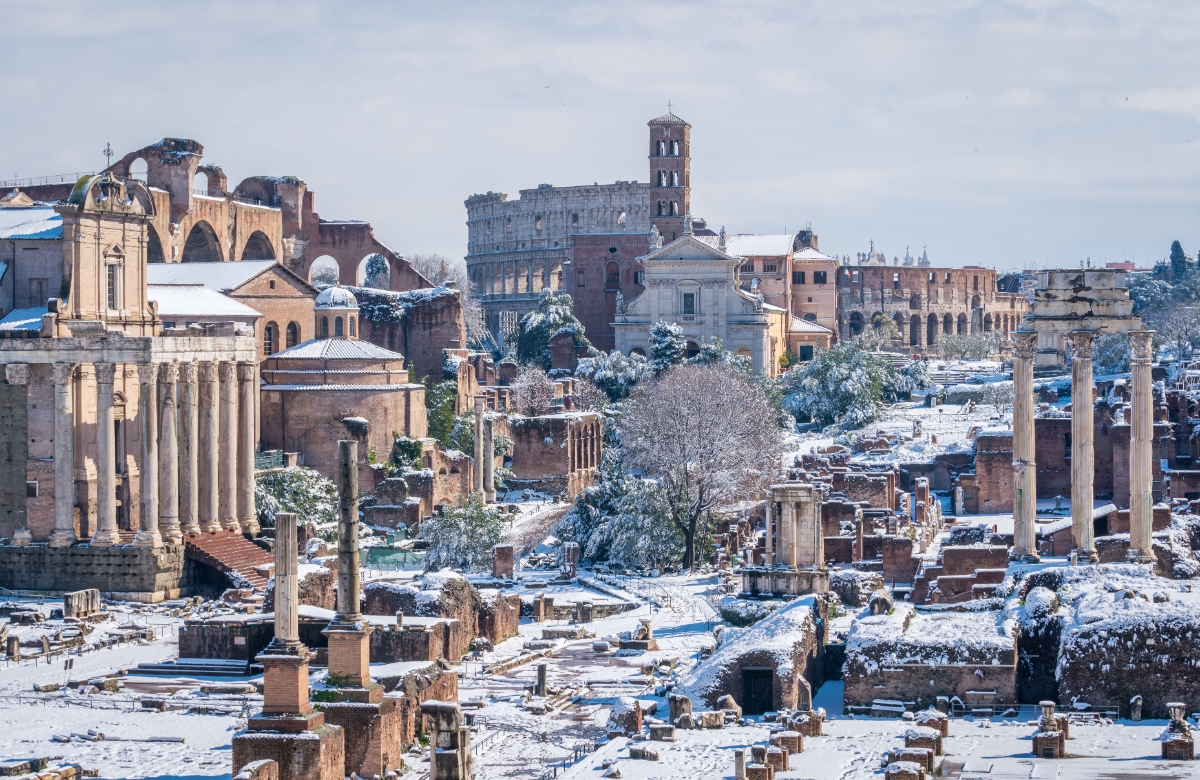
0 Comment